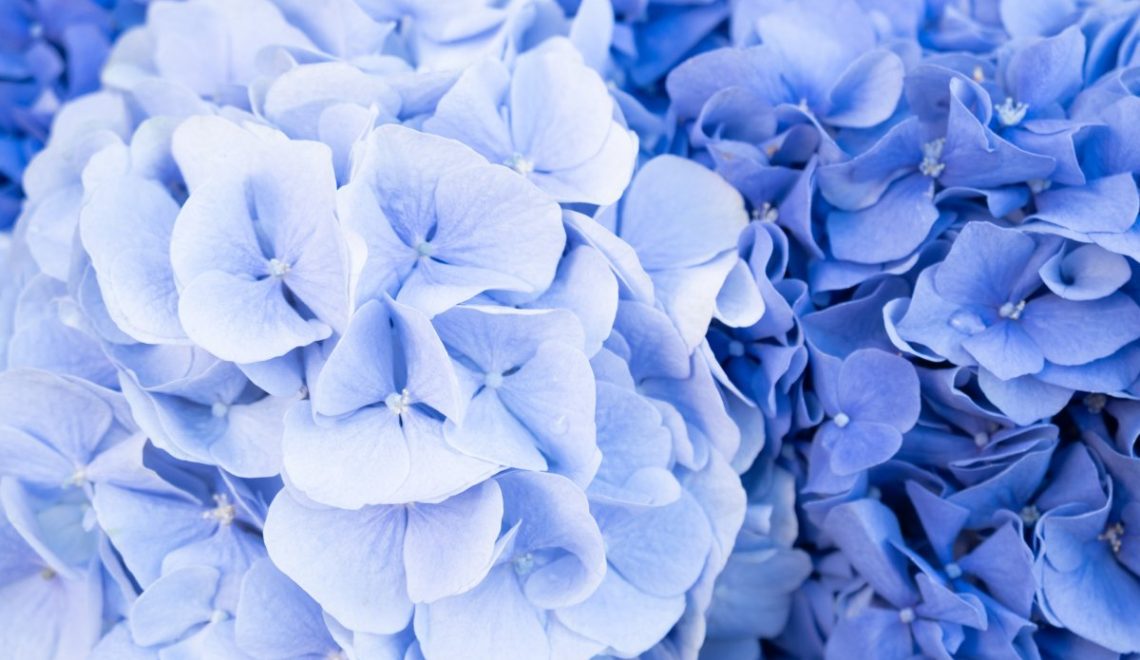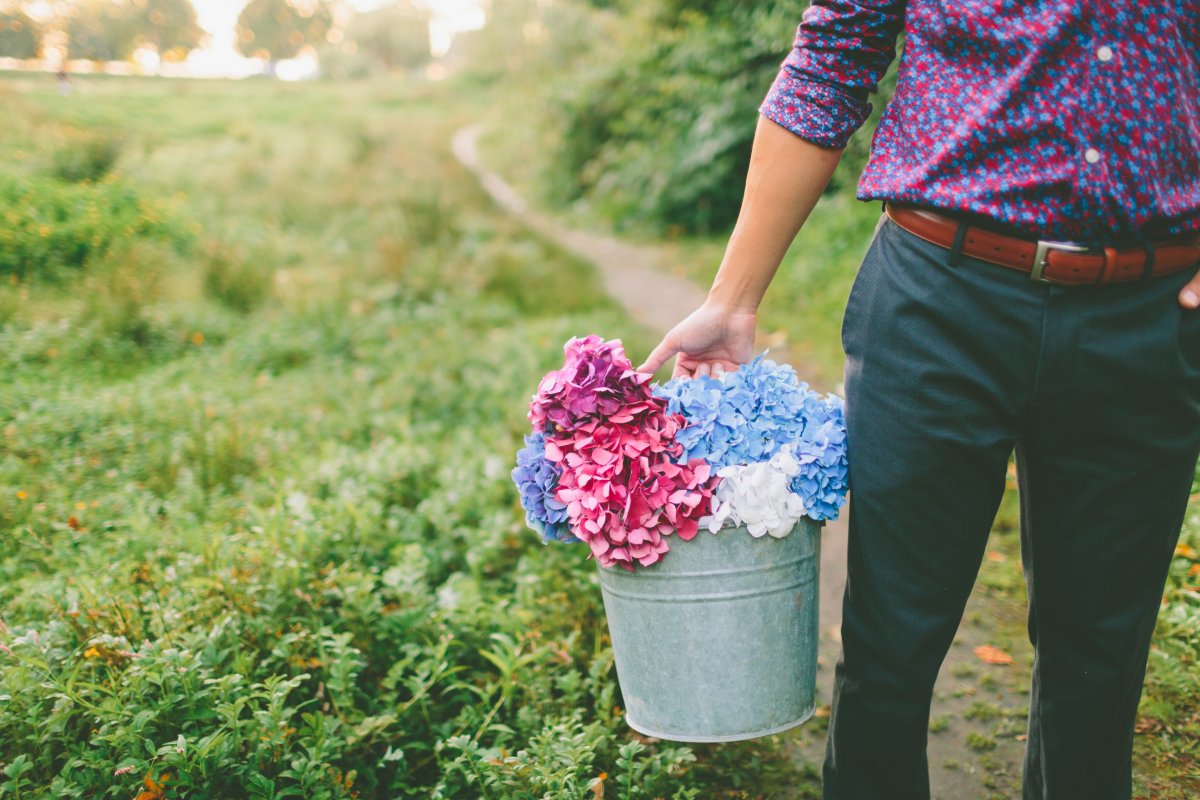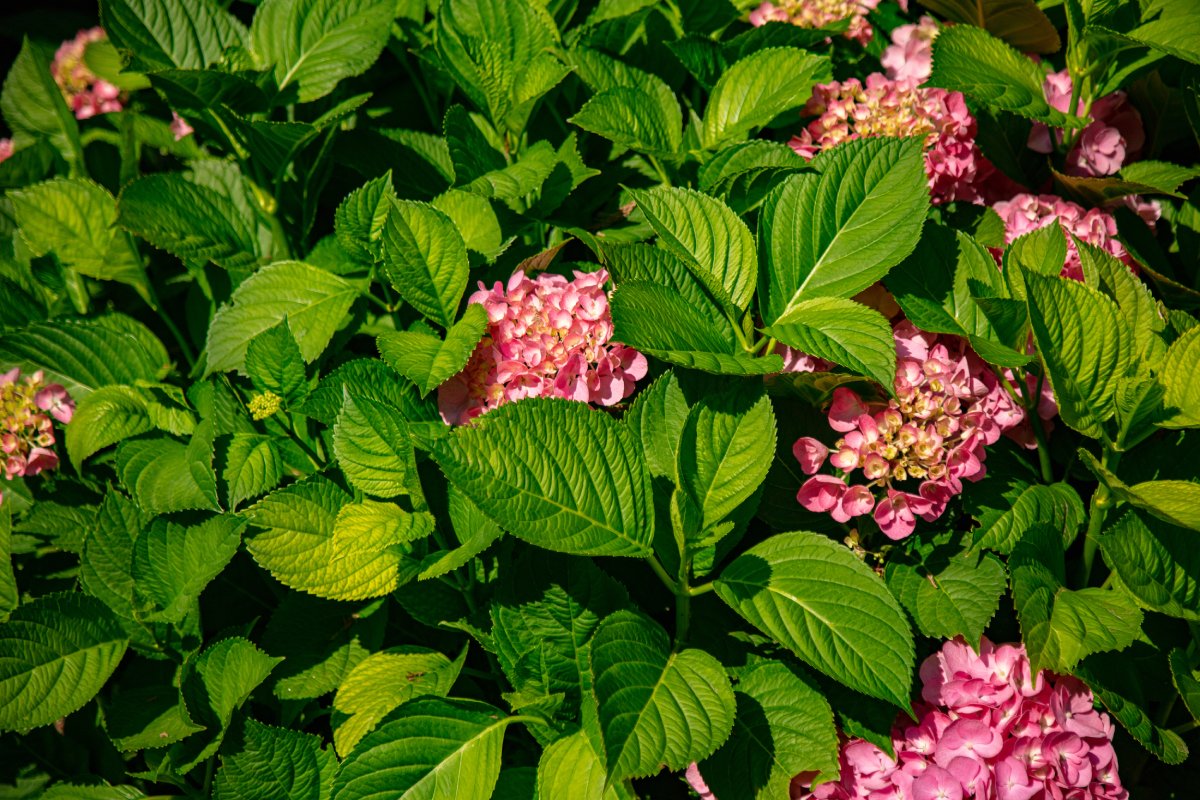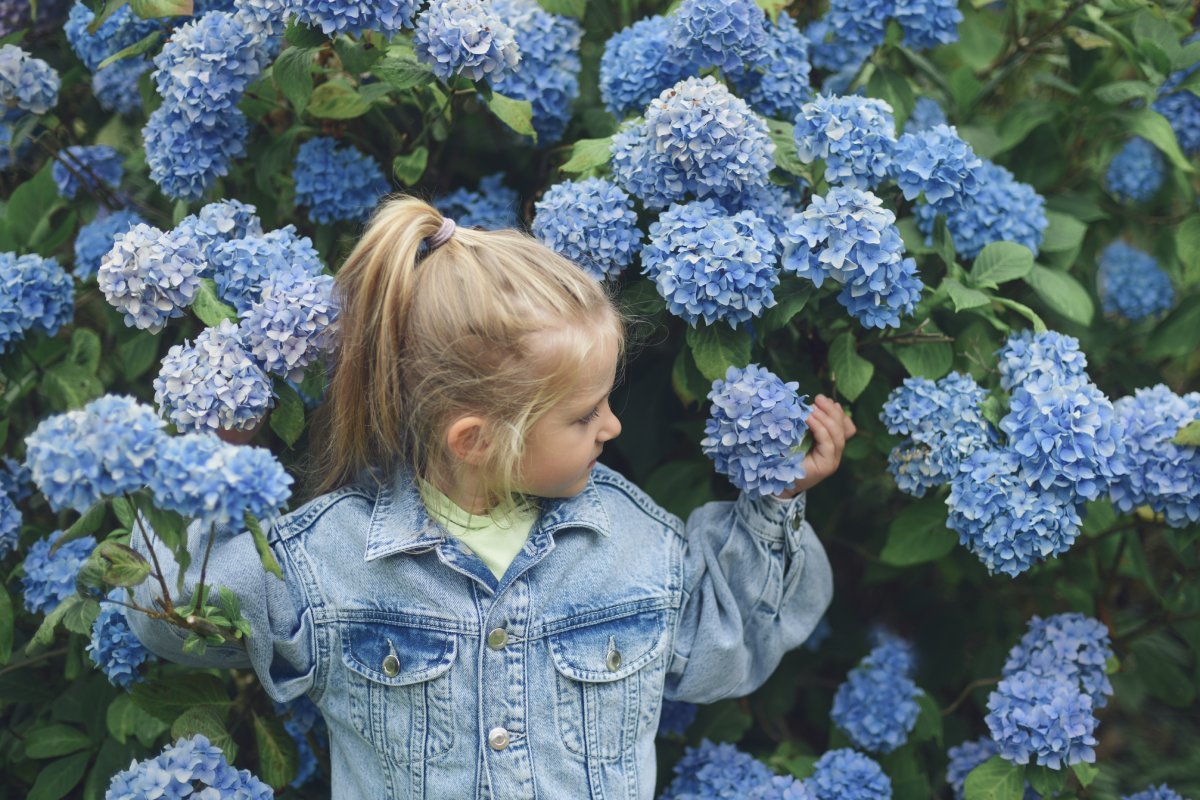
Hydrangeas are a popular and beautiful ornamental plant, often found in gardens and used in floral arrangements. However, as with any plant, there are concerns about their toxicity to humans, as well as their cultural and symbolic significance.
In this article, we will explore how to grow them, the different meanings of hydrangeas, whether they are toxic to humans, and what precautions you should take when handling them.
How to grow hydrangea?
Hydrangeas are popular ornamental plants known for their showy flowers that come in a range of colours, from white to pink, blue, and purple. They are relatively easy to grow but require some care and attention to thrive. In this chapter, we will discuss how to grow hydrangeas in your garden.

- Choose the Right Location: Hydrangeas prefer a partially shaded area that gets morning sun and afternoon shade. They also need protection from strong winds and hot, dry conditions. Choose a spot with well-draining soil and not too exposed to the elements.
- Plant at the Right Time: The best time to plant hydrangeas is in the spring or fall when the weather is mild. Make sure to plant them at least 3 feet apart, and dig a hole that is slightly larger than the root ball. Add compost or other organic matter to the soil to improve drainage and fertility.
- Water Regularly: Hydrangeas need consistent moisture to thrive, so water them deeply and regularly, especially during the hot summer months. Use a soaker hose or drip irrigation system to water at the base of the plant and avoid getting the leaves wet, which can lead to fungal diseases.
- Fertilise Annually: Hydrangeas benefit from an annual dose of fertiliser in the spring, just as new growth is beginning. Use a balanced fertiliser, such as a 10-10-10 or 12-12-12, and apply according to the instructions on the label.
- Prune at the Right Time: Hydrangeas should be pruned at the right time to avoid removing next year’s flower buds. For most types of hydrangeas, the best time to prune is in late winter or early spring, before new growth appears. Remove any dead or damaged branches, and trim the previous year’s growth by one-third.
- Prevent Pests and Diseases: Hydrangeas are susceptible to a few common pests and diseases, including aphids, spider mites, and powdery mildew. To prevent these problems, keep the area around the plant clean and free of debris, and avoid over-watering or over-fertilising.
- Change the Color of the Flowers: If you want to change the colour of your hydrangea’s flowers, you can do so by adjusting the pH of the soil. For blue flowers, the soil should be acidic with a pH between 5.0 and 5.5. For pink flowers, the soil should be alkaline with a pH between 6.0 and 6.2. You can add sulfur to make the soil more acidic or lime to make it more alkaline.
Growing hydrangeas is a rewarding and relatively easy task, as long as you provide the right conditions and care for them properly. By following these tips, you can enjoy the beautiful blooms of these popular plants in your garden.
Coming up next, we will talk about the meaning behind hydrangea, and what it symbolises in various cultures.

What do hydrangeas symbolise?
Just like roses, hydrangeas also have been known to symbolise different things in different cultures and traditions. Generally, these plants are associated with feelings of gratitude, abundance, and sincerity. In this topic, let’s explore the different meanings of hydrangeas in various contexts.
- Gratitude and Thankfulness: In Japan, hydrangeas are often associated with gratitude and thankfulness. They are frequently given as gifts to express appreciation for someone’s kindness or help. The blue and purple shades of hydrangeas are particularly associated with gratitude.
- Abundance and Prosperity: In some parts of Asia, hydrangeas are believed to bring abundance and prosperity. They are often planted near homes and businesses as a way of attracting good fortune and success. This belief is particularly strong in China, where hydrangeas are called “jiǎ bàn” and are considered a symbol of wealth.
- Sincerity and Heartfelt Emotions: In the Victorian era, hydrangeas were often used to express sincere emotions. They were commonly given as gifts to convey a message of love, appreciation, or sympathy. This symbolism is particularly associated with the pink and red shades of hydrangeas.
- Understanding and Compassion: In some cultures, hydrangeas are associated with understanding and compassion. This is particularly true in Korea, where they are called “ajisai” and are considered a symbol of understanding and empathy.
- Transformation and Change: In some spiritual traditions, hydrangeas are believed to represent transformation and change. This symbolism is particularly associated with the blue shades of hydrangeas, which are thought to reflect the transformative power of water and the emotions it can evoke.
Are hydrangeas toxic to humans?
Hydrangeas are beautiful ornamental plants that are popular in gardens and flower arrangements. However, as with any plant, there are concerns about their toxicity to humans. Let’s see if hydrangeas are toxic to humans and what precautions you should take when handling them.
Hydrangeas contain a variety of chemicals that can be toxic in high concentrations, including cyanogenic glycosides, saponins, and phytosterols. These compounds are found in all parts of the plant, including the leaves, flowers, and stems. While these chemicals are not harmful in small amounts, they can be dangerous if ingested in large quantities.

The most common symptoms of hydrangea poisoning include nausea, vomiting, diarrhoea, and abdominal pain. In severe cases, it can cause difficulty breathing, convulsions, and even coma. These symptoms are caused by the cyanide produced when the plant is broken down by the digestive system.
It is important to note that the toxicity of hydrangeas can vary depending on the species and cultivar. Some varieties, such as the mophead hydrangea (Hydrangea macrophylla), are more toxic than others. In general, it is best to assume that all hydrangeas are potentially toxic and take appropriate precautions.
If you are handling hydrangeas, it is important to wear gloves and avoid touching your face or mouth. If you do come into contact with the plant, wash your hands thoroughly with soap and water. It is also important to keep hydrangeas away from children and pets, who may be more susceptible to the effects of the plant’s toxins.
While hydrangeas can be toxic if ingested, there is no need to panic if you have come into contact with the plant. In most cases, symptoms will be mild and resolve independently within a few hours. However, if you are experiencing severe symptoms or have ingested a large amount of the plant, seek medical attention immediately.
In conclusion
While hydrangeas are beautiful and popular ornamental plants, they can be toxic if ingested in large quantities. It is important to take appropriate precautions when handling the plant, such as wearing gloves and washing your hands thoroughly. It is also important to keep hydrangeas away from children and pets, who may be more susceptible to the effects of the plant’s toxins.
However, despite their potential toxicity, hydrangeas are rich in symbolism and meaning and have been valued for centuries for their beauty and significance. Whether you are giving hydrangeas as a gift or planting them in your garden, it is worth considering the different meanings associated with these beloved flowers.

